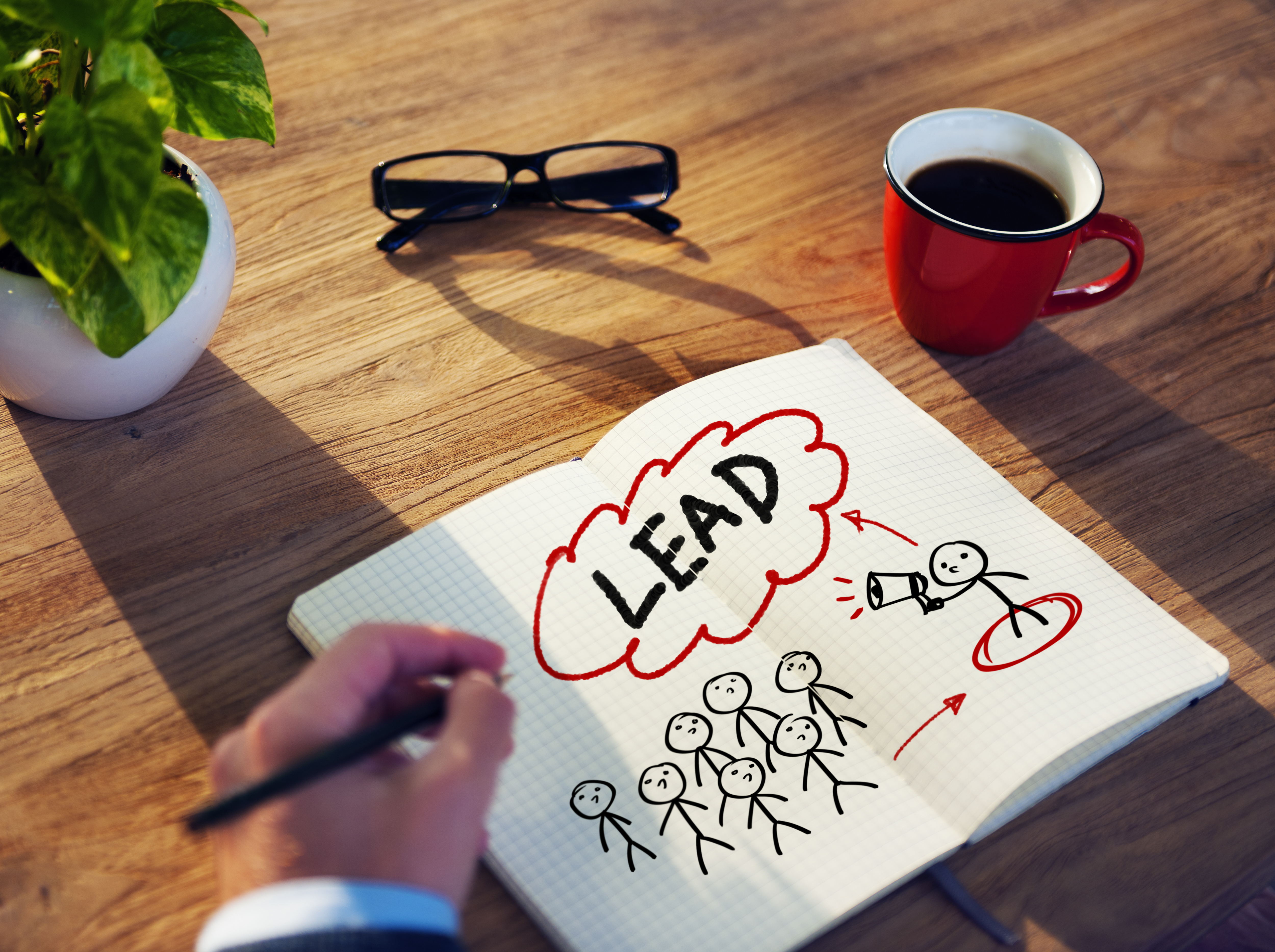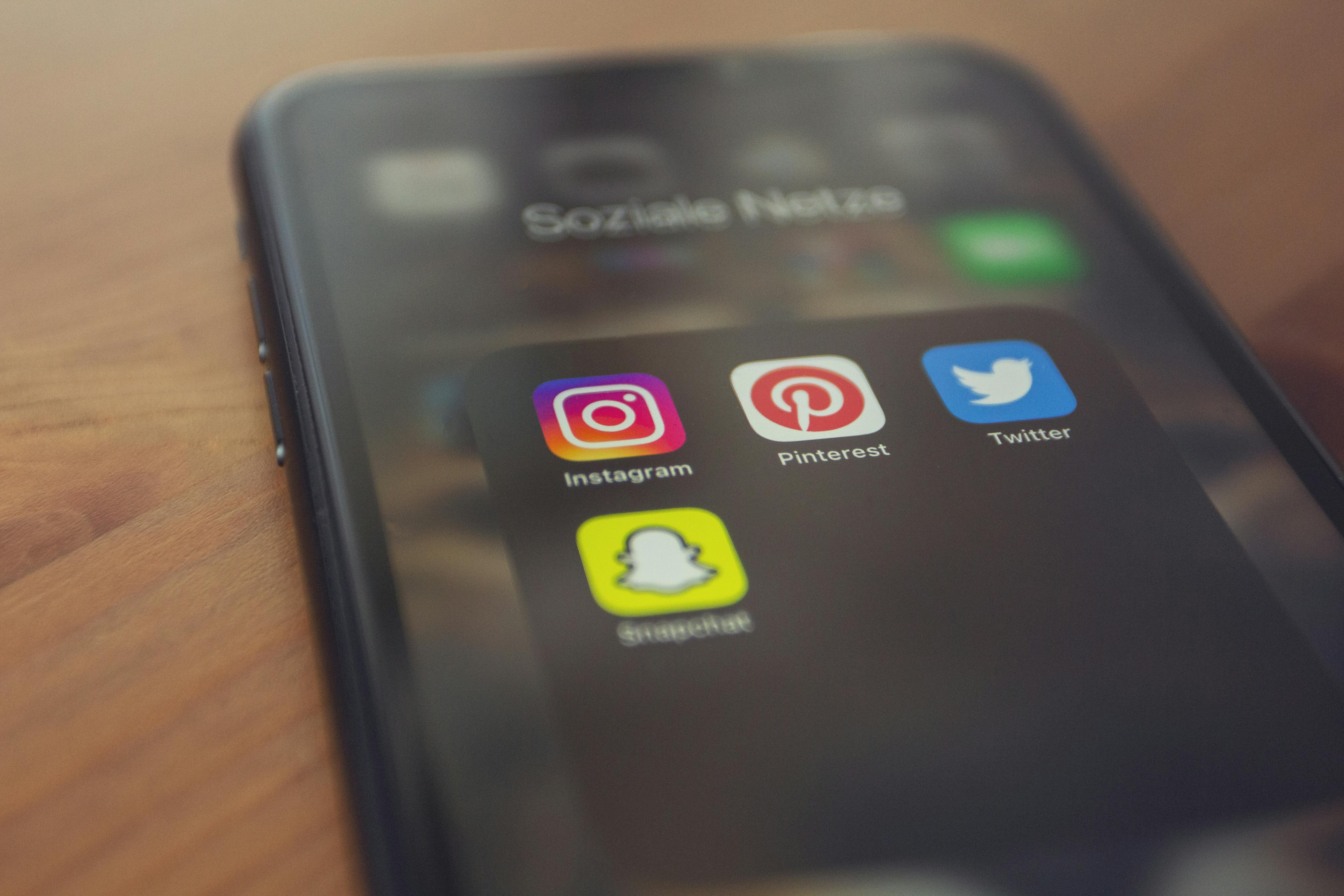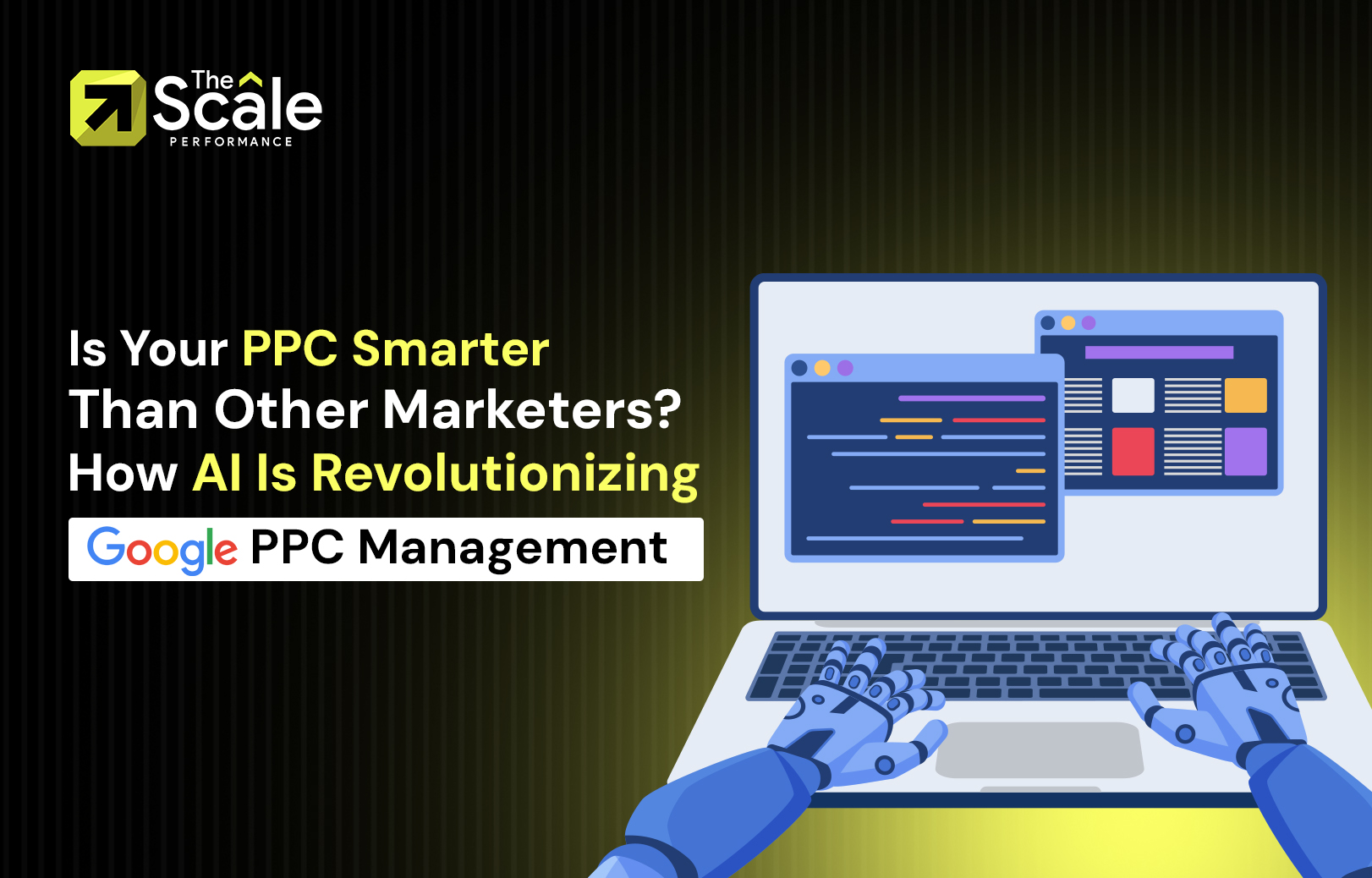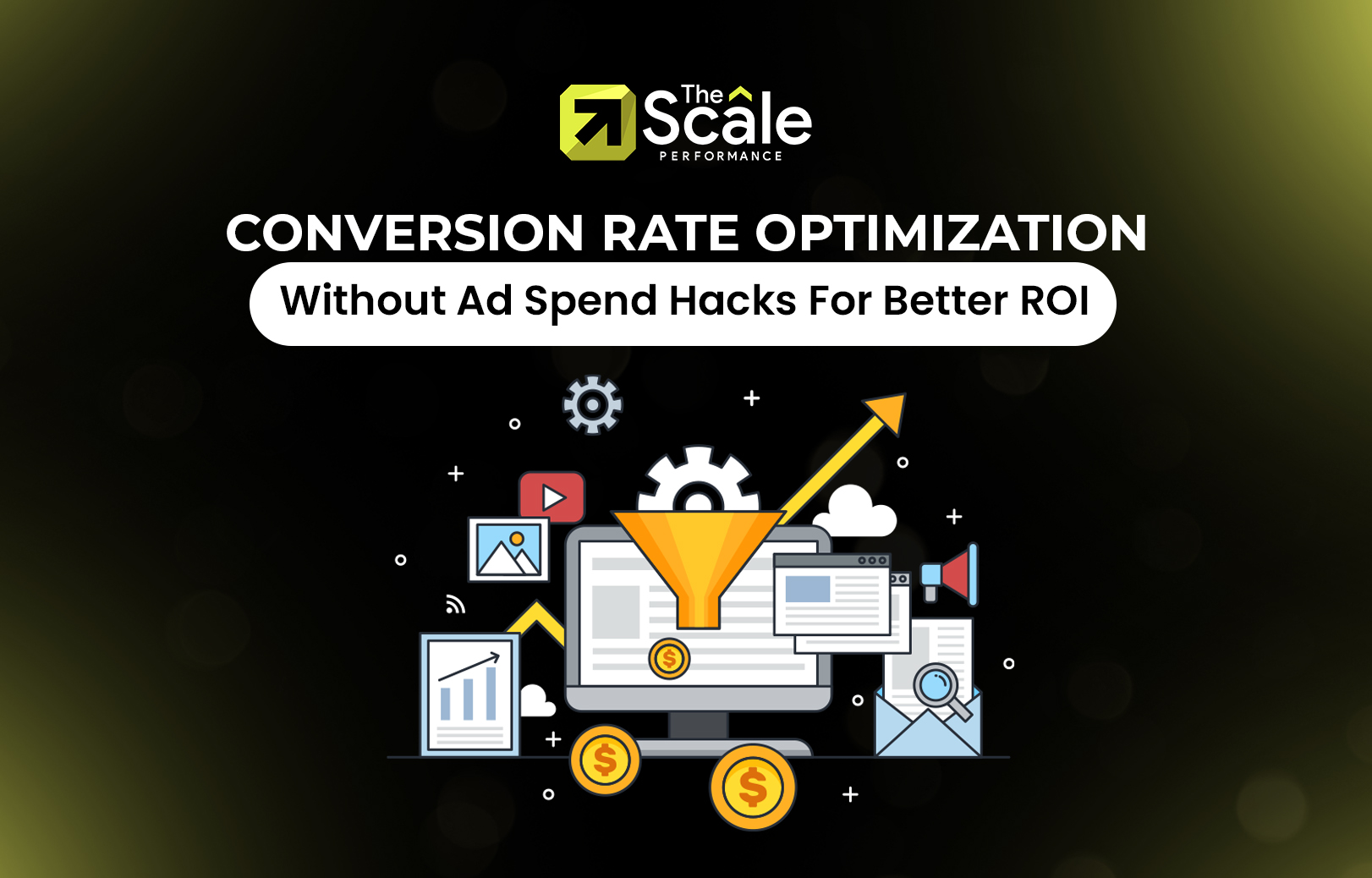How Facebook Lead Generation Integrates With CRM And Conversion Tools

Strong 8k brings an ultra-HD IPTV experience to your living room and your pocket.
Facebook lead generation has become the main method for online marketers who aspire to generate qualified inquiries at scale. Leads, however, are only the beginning. What is truly essential is that leads are funneled into an integrated system that nurtures, engages, and converts them. This is where conversion tools and CRM systems come into play, closing the data flow and enabling teams to take immediate action on leads.
Understanding how this approach intersects with CRM and conversion technology reveals why integration is not merely a technical process, but rather a strategic means of outperforming other forms of marketing. Below are the subsections that dissect how integration functions and why this is true for various aspects of the digital lead process.
Facebook Lead Generation And Its Operational Role
At the core of Facebook lead generation is a built-in ad format that directly brings user data into the application. Pre-populating form fields from a user's profile reduces friction, thereby supporting a higher rate of form submissions. This streamlined process enables scale lead capture as an operational part of moving prospects into an organized sales flow.
Simplicity is marketer-friendly because it improves front-end conversion, but what comes afterward is what makes the captured lead valuable. The handoff between CRM and ad platform is where sustaining interest and advancing leads along a sales funnel is most crucial.
Why Integration Matters For Lead Management
Without integration, Facebook lead generation forms isolate data points, where leads must be actively exported, manually checked, and followed up on. This laborious process introduces delay, error, and inconsistencies that defeat the purpose of campaigns as a whole.
Connecting the lead capture process to a CRM like HubSpot, Salesforce, or Zoho ensures that all inquiries are consolidated in a single master system. This improves three main results:
Timeliness: Prospects are contacted when they are most interested
Data consistency: Data is kept streamlined and up-to-date across teams
Workflow automation: There can be follow-up steps without manual intervention
They have an immediate impact on conversion rates and general productivity.
Technical Pathways For Integration
Using Native Integrations
Several of the CRMS also have integrated native Facebook lead ads. For example, marketers can connect Facebook accounts directly within their own accounts on platforms like Salesforce and HubSpot. Once they've set up, leads from Facebook ads are immediately imported into the CRM.
This approach is simple to set up and reduces reliance on third-party tools. However, activation and monitoring may require administrative rights or developer intervention.
Leveraging Middleware Tools
Where native integration is not possible or is restricted, platforms like Zapier, Make (formerly known as Integromat), or LeadsBridge can bridge the gap. These platforms allow businesses to set up automated workflows where an incoming Facebook lead triggers actions such as:
Preparing An Entry For The CRM Contact
Send an internal communication to the sales team
Linking the lead to an email campaign
Such configurations support Facebook lead generation by allowing an uninterrupted, automatic flow from the point of initial capture to downstream systems. Logic can also be tailored to support distinct sales cycles and response strategies.
Mapping Facebook Lead Data To CRM Fields
Facebook lead ads enable businesses to create custom form fields, such as questions about product interest or preferred contact time. As they connect to a CRM, each of the Facebook fields must be mapped to the corresponding CRM property.
For example:
Facebook field: "Work Email" → CRM field: "Email"
Facebook field: "Company Size" → CRM field: "Company Size"
Mapping ensures that no information is lost during transfer and that sales teams can segment or prioritize leads by the right criteria.
CRM Triggers And Automated Follow-Ups
Facebook lead generation is streamlined when leads that arrive are transitioned into CRM workflows automatically. Automation rules can then trigger nurturing sequences like:
Sending a welcome email within five minutes of sign-up
Assigning a sales rep based on region or product interest
Starting a drip campaign with educational content
Immediate responses increase engagement. Based on various lead response studies, contacting a lead within an hour allows conversion chances to increase significantly. Automation enables businesses to meet that expectation consistently.
Conversion Tools That Build On CRM Integration
Besides the CRM, conversion tools such as email platforms, chat programs, and analytics panels also build upon the advantages of Facebook lead generation. These are where they enter the picture:
1. Sales Automation and Live Chat
If integrated with platforms like Drift or Intercom, leads can get automatic messages when they enter the website. This ensures alignment between ad interactions and website actions, nudging leads toward decision points.
2. Email Marketing Platforms
Once leads are synced to applications such as Mailchimp or ActiveCampaign, companies can segment them based on campaigns or demographic information. It provides for customized follow-ups that take into consideration user interests gleaned through the use of Facebook lead ads.
3. Analytics and Attribution Platforms
Such as Google Analytics, the reporting panel of HubSpot, or even Meta's Conversions API, can attribute the outcomes of leads back to starting campaigns. This closed-loop feedback enables marketers to realize which of their Facebook lead generation campaigns are returning qualified conversions, rather than simple raw sign-ups.
Instagram Lead Generation And Multi-Platform Sync
While Facebook is prone to being the focal point, Instagram lead generation is made possible using the same framework. Lead forms that have been created for Facebook can also be displayed on Instagram, and leads transferred into the same pipeline process.
Multi-platform campaigns based on business results have single-source tracking and single-source follow-up, no matter where the lead is from, either on Instagram or Facebook. Multi-source visibility is also very useful when analyzing channel effectiveness, as you can easily optimize spending.
Privacy, Permissions, And Data Governance
The integration is crucial for adherence to the privacy policy and user permissions. Both CRM and Facebook are regulated by laws like GDPR or CCPA. Corporations have to adhere to:
Lead forms include language of explicit consent
CRM maintains opt-in status records
Follow-up communications honor user preferences
Neglecting the maintenance of data hygiene can draw legal attention and taint brand credibility.
Human Value In Automated Systems
Automation itself tends to appear mechanical, but the nature of automation is that human groups can interact more effectively. If the Facebook lead generation is going into CRM and conversion processes directly, sales folks can focus on engagement, not entry.
Instead of spreadsheet triage, they can streamline outreach by prioritizing qualification thresholds, timing, and interest signals. Marketers can, in turn, optimize campaigns from CRM insights, not ad metrics.
Closed-loop makes sense of execution and also of strategy. It transforms teams from reactive leads to controlling an active pipeline.
Challenges And Considerations
Integration adds value, but there are challenges. Common issues include:
Improperly matched fields due to missing or improperly classified data
Slow syncing because of the API restrictions or expired tokens
Over-reliance on automations along with inadequate human oversight
To manage these risks, businesses must routinely audit integrations, verify form submissions, and ensure that sales staff understand how to process automated leads appropriately.
Measuring What Matters
Facebook lead generation success must look beyond mere cost-per-lead. After integration is in process, broader measures are brought into focus:
Lead-to-opportunity conversion rate
Time-to-first-contact
Computerized sequence email open rates
Close percentage by source of campaign
These KPIs gauge the true impact of integration, not more leads but better outcomes for the leads that you already have.
Final Thoughts
Facebook lead generation is far more effective when tied into CRM and conversion platforms. It is where the magic is, that of building an integrated system that does what basic data collection does not, and that is to turn intent into an instant and repeatable action.
For sales funnel people working digitally, integration is not a nice-to-have upgrade. It is the first step toward being certain that leads are processed within the speed, framework, and comprehension needed for business growth.
Understanding that integration allows the entire group to consider lead generation as part of a complete ecosystem. One where marketing, sales, and ops all cooperate to convert interest into revenue, one lead at a time.
Note: IndiBlogHub features both user-submitted and editorial content. We do not verify third-party contributions. Read our Disclaimer and Privacy Policyfor details.







